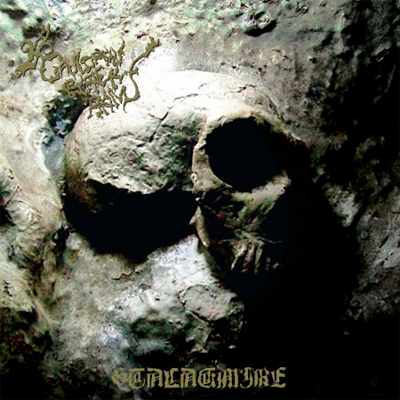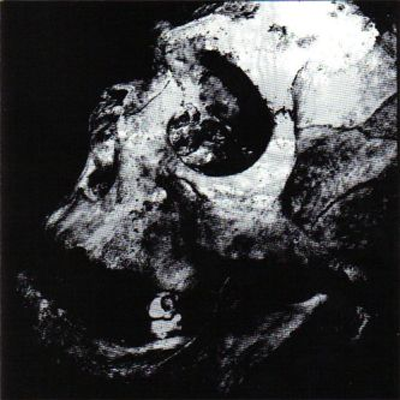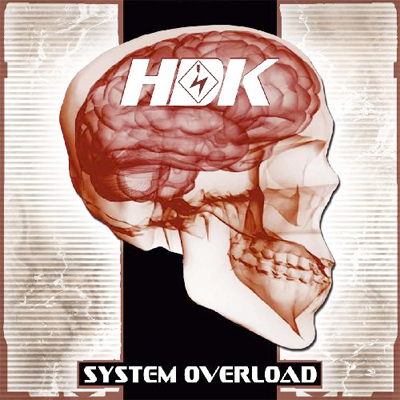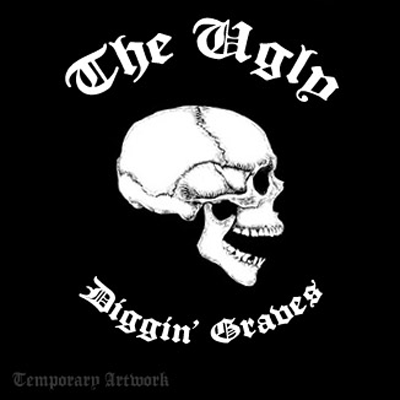
CAULDRON BLACK RAM, Stalagmire (2014, 20 Buck Spin)
The skull:
Let this be a lesson to sleepy skulls everywhere: no matter how tired you are, DO NOT lie down for a nap in a drippy limestone cave. You drift off for a couple decades of well-deserved rest and when you wake up, you’re fucking fossilized to the ground, with nothing to do but wait for some asshat paleontologist to show up and dig you out. And if one of your skull buddies finds you while you’re sleeping, you can be sure when you wake up there’ll be a dick drawn on your dome, in Sharpie no less. You’ll never live that shit down.
The music:
When I started spinning this disc, I was immediately reminded of Meathook Seed’s excellent, underrated debut, Embedded, which was built on weird, slinky riffs, jarring transitions, and a sort of willful inexactitude. No one ever made another album like Embedded, and I’m not saying that Cauldron Black Ram finally have. Nor am I suggesting that Cauldron Black Ram were influenced at all by that one odd Mitch Harris side project, but they have clearly arrived at a similarly strange notion of death metal (minus the keyboards and drum machine, though). Without sounding deliberately old fashioned, Cauldron Black Ram have made an album that evokes the spirit and dare I say curiosity that used to animate at least some small sliver of the death metal scene. Unquantized, only as tight as you can get from rehearsal, and defiantly mid-gain, Stalagmire is death metal freed from the horse-race demands of brutality, speed, and technicality that have nearly ruined the genre in the last decade. If it’s not as good as 2014’s leading contender for death metal album of the year, Morbus Chron’s Sweven, there’s also no shame in that second place finish. Cauldron Black Ram have been around forever, but I’d never heard them before now, and for sure I’ll be working my way backwards to determine when it was they got so good.
— Friar Johnsen


